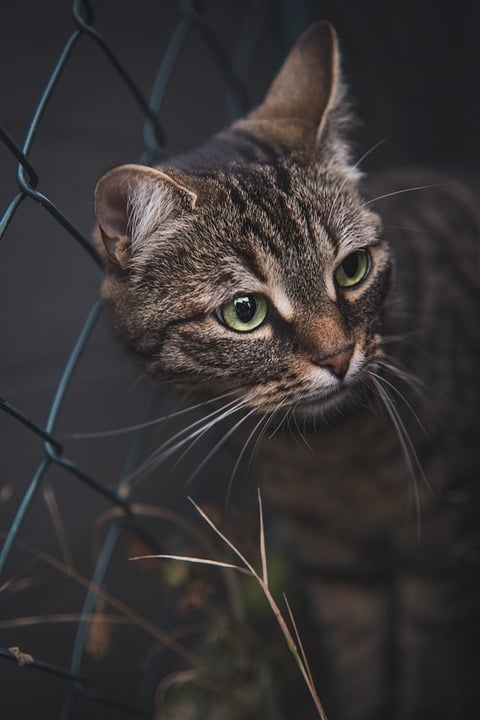Cats are known for their cleanliness and are naturally inclined to use a litter box for their bathroom needs. As responsible cat owners, it is crucial to provide proper litter box maintenance and cleanliness to ensure your feline friend’s health and wellbeing. This article will guide you through the essential steps and best practices to maintain a clean and sanitary litter box for your cat.
Why is Litter Box Maintenance Important?
Maintaining a clean litter box is not only essential for your cat’s comfort but also for their overall health. Neglecting litter box maintenance can lead to unpleasant odors, litter aversion, and even urinary tract infections. By following these guidelines, you can prevent potential issues and create a hygienic environment for your furry companion.
Choosing the Right Litter Box
Before diving into maintenance tips, it’s crucial to select the appropriate litter box for your cat. Consider the following factors when making your choice:
1. Size: Choose a litter box that allows your cat to comfortably turn around and dig. Cats prefer larger boxes, especially if they are of a larger breed.
2. Depth: Opt for a box with high sides to prevent litter from being kicked out.
3. Accessibility: If you have a senior cat or a kitten, consider a box with lower sides for easy entry and exit.
4. Covered vs. Uncovered: While covered litter boxes provide privacy, some cats may prefer an uncovered box to prevent feeling trapped. Experiment to see which option your cat prefers.
Litter Box Placement
Finding the perfect location for your cat’s litter box is essential. Consider these factors when determining the placement:
1. Accessibility: Place the litter box in an easily accessible area where your cat can find it without any issues.
2. Quiet and Private: Cats prefer a peaceful and private environment when using their litter box. Avoid placing it in high-traffic areas or near noisy appliances.
3. Multiple Boxes: If you have multiple cats, provide enough litter boxes to avoid competition or territorial disputes. The general rule is one box per cat plus an extra.
Regular Cleaning Routine
Maintaining a regular cleaning routine is vital to keep the litter box clean and odor-free. Follow these steps for effective cleaning:
1. Scoop Daily: Remove solid waste and clumps of urine-soaked litter daily, preferably multiple times a day. This prevents odor buildup and keeps the litter box appealing to your cat.
2. Replace Litter Regularly: Completely change the litter and clean the box once a week. Dispose of the used litter in a sealed bag to prevent odors from spreading.
3. Thorough Cleaning: When it’s time for a complete litter box cleaning, use a mild, unscented soap and warm water to clean the box. Avoid using harsh chemicals or strong-smelling cleaners that may deter your cat from using the litter box.
Common FAQs about Litter Box Maintenance
Q: How often should I change the litter in the litter box?
A: It is recommended to change the litter completely once a week. However, if you notice any strong odors or if your cat displays litter aversion, consider changing it more frequently.
Q: What should I do if my cat refuses to use the litter box?
A: There might be underlying reasons for your cat’s refusal, such as medical issues or stress. Consult with your veterinarian to rule out any health concerns and address any potential behavioral issues.
Q: How can I prevent litter tracking around the house?
A: To minimize litter tracking, place a mat or rug beneath the litter box to capture any loose litter. Additionally, consider using a litter that is less likely to stick to your cat’s paws.
Conclusion
Proper litter box maintenance and cleanliness are crucial for your cat’s health and happiness. By choosing the right litter box, placing it in an ideal location, and maintaining a regular cleaning routine, you can provide a comfortable and hygienic space for your feline friend. Remember to monitor your cat’s behavior and consult with a veterinarian if you encounter any litter box issues. Happy cat ownership begins with a clean litter box!








